Classic ab pumping is mainly designed to increase the rectus ab muscle and shape the six-pack. However, the main task of the abdominal area is completely different. It is not only responsible for flexing the body but also protects vital organs. It is also involved in the breathing process and performs other important functions. Therefore, it is static abdominal exercises that allow you to achieve maximum strengthening of the abdominal area.
The benefits and disadvantages of static abdominal exercises
Almost all abdominal movements are divided into static (isometric) and dynamic. The main criterion is the condition of muscle contraction. In the case of static abdominal tension, the muscle fibers are loaded, but there is no muscle contraction.
The main advantages of static movements:
- Working on all layers of muscles, including deep ones.
- Pronounced development of muscle endurance.
- Improving the ability to hold the body and not get tired for a long time.
- Toning muscles, strengthening the abdominal wall.
- Normalization of the functioning of internal organs, and prevention of their displacement.
- Reducing the risk of injuring or overloading the lower back, especially with weakened abs.
- Rapid progression.
The last point is both an advantage and a disadvantage. In static loads, it is indeed possible to progress quickly, but this will also lead to the fact that the athlete will soon hit the development bar. If in conventional exercises with weights there is a progression of load to compensate for muscular adaptation, then in static movements the task becomes more complicated.
For example, if you stand in a plank for 1 or 2 minutes, increasing the time you hold the pose will no longer give linear progress, since other muscles will take on the load. As a result, the athlete steadily increases the time in the approach, but does not receive a corresponding return from it. Therefore, the only ways to somehow level out this drawback is to constantly complicate the techniques or use weighting agents.
Top 7 static abdominal exercises
The best isometric movements for the abdominal area.
1. Keep your legs raised while sitting
Despite its simplicity, this movement is considered one of the best. It perfectly works the entire abdominal mass, with an emphasis on the rectus muscle. Also, its main advantage is that the muscles are held in a bent position, that is, when the rectus ab muscle is already contracted.
Technique:
- Sit on the floor, lean back, and rest on your elbows.
- Bring your legs together and lift them up at a 30-degree angle.
- Hold the position for as long as possible.
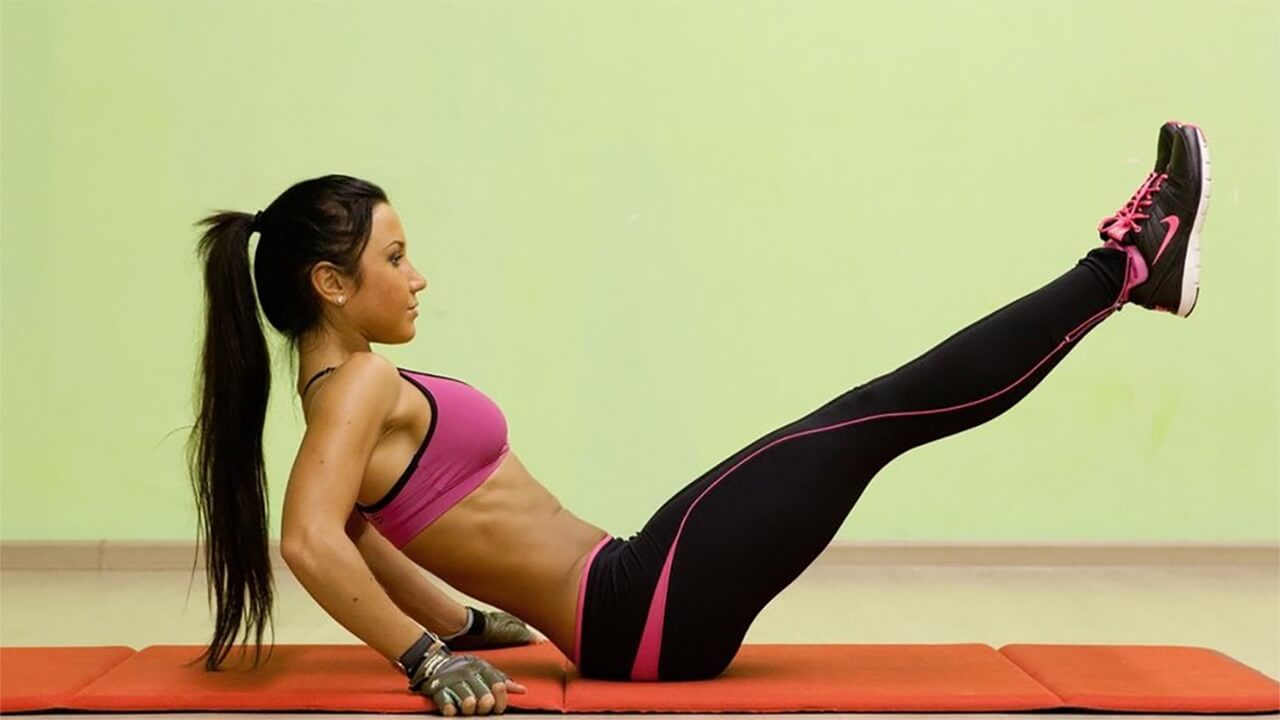
To make it more difficult, increase the angle of your legs or lie with your back on the floor (hands behind your head).
2. Plank
The most common exercise. The plank works well on the abdominal area, but has a disadvantage – the load is distributed to other muscles, especially if you stand in the pose for more than 60 seconds.
Technique:
- Take emphasis on your elbows and toes. Round your back slightly so that your stomach is slightly curled.
- Hold the position for 40-60 seconds (or until you are completely tired).
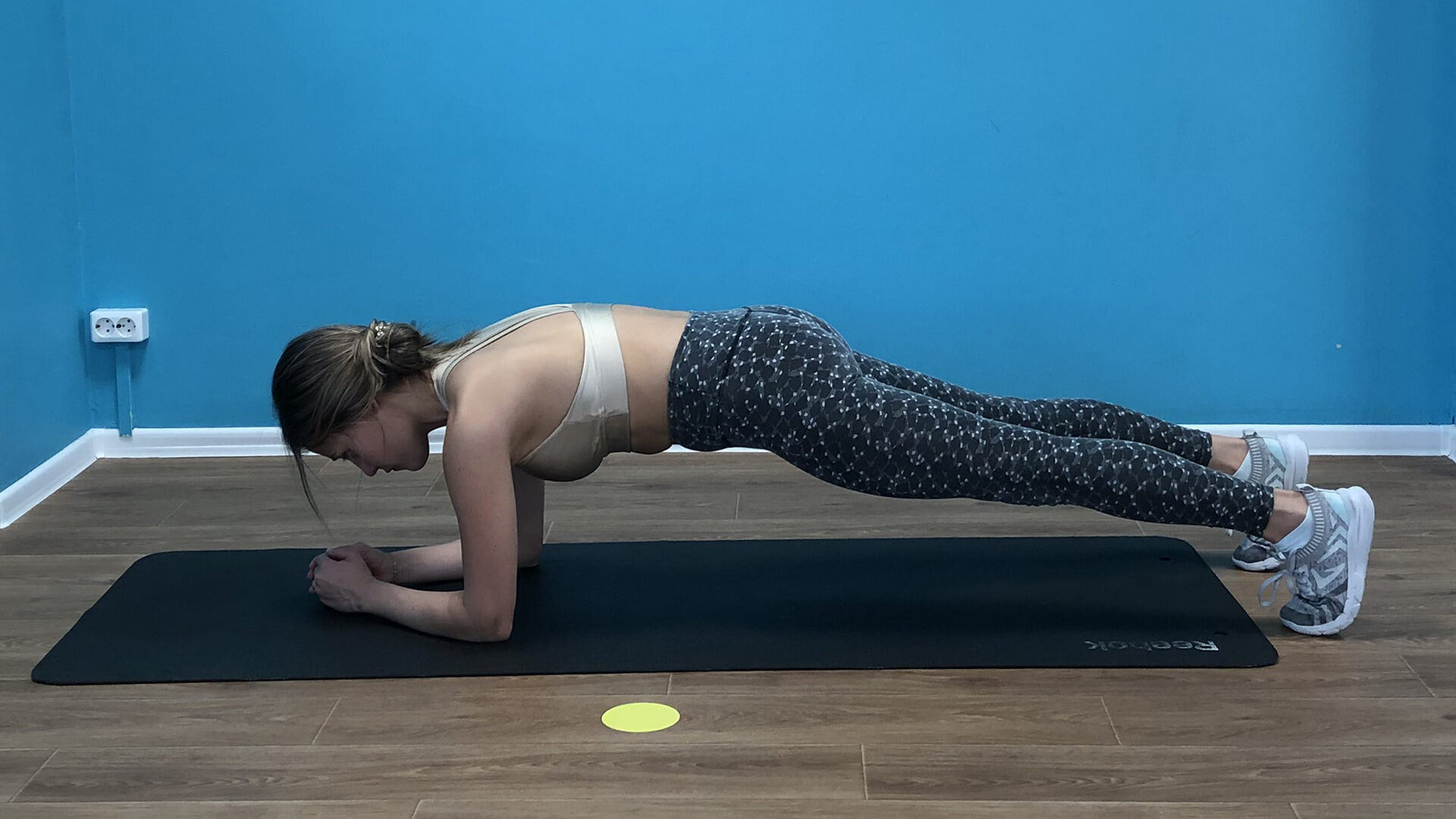
The main rule is that the body should not be straight. With this position, the load falls more on the lower back and back, which can cause certain problems. To switch focus to the abs, you need to slightly bend your body so that the rectus ab muscle is more engaged.
To make it more challenging, do the pose on one leg.
3. Boat
A very difficult exercise that, with the right approach, can easily “kill” the abs even in advanced athletes.
Technique:
- Lie on the floor, bring your arms and legs together. Raise your arms up at an angle of 30-40 degrees, legs – 45-50 degrees.
- Hold the position, tensing your abdominal muscles for as long as possible.

To make the task more difficult, lower your legs slightly; the closer they are to the floor, the more difficult the exercise will become.
4. Side plank
Similar to a regular plank, but with an emphasis on the oblique abdominal muscles.
Technique:
- Rest on your elbow (biceps perpendicular to the floor) and feet, sideways towards the floor. The body forms a straight line.
- Hold the position throughout the entire approach.
- Repeat the same timed set on the other side.

5. Plank with emphasis on the wall
An advanced version of the plank. Its difference is that your feet must be rested against the wall. The body is parallel to the floor, which creates additional stress on all muscles. It is extremely important to use soft pillows or cushions at first, as your feet may slip.
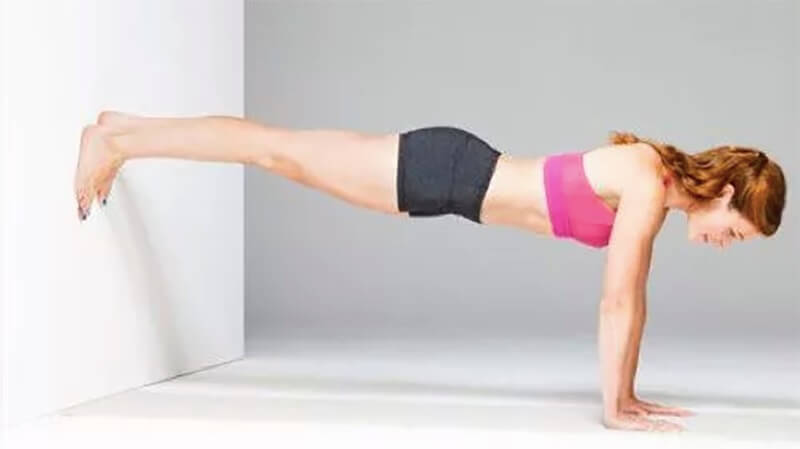
6. Twisting against the wall
One of the most grueling exercises for the abs. Unlike other positions, in this movement, the load is held in the abs while the muscles are contracted.
Technique:
- Rest on your hands so that your pelvis is in the air. Bring your legs together and ab them against the wall so that your feet are level with your face. The hips are pressed to the body.
- Hold the position until you are completely tired or for the allotted time.
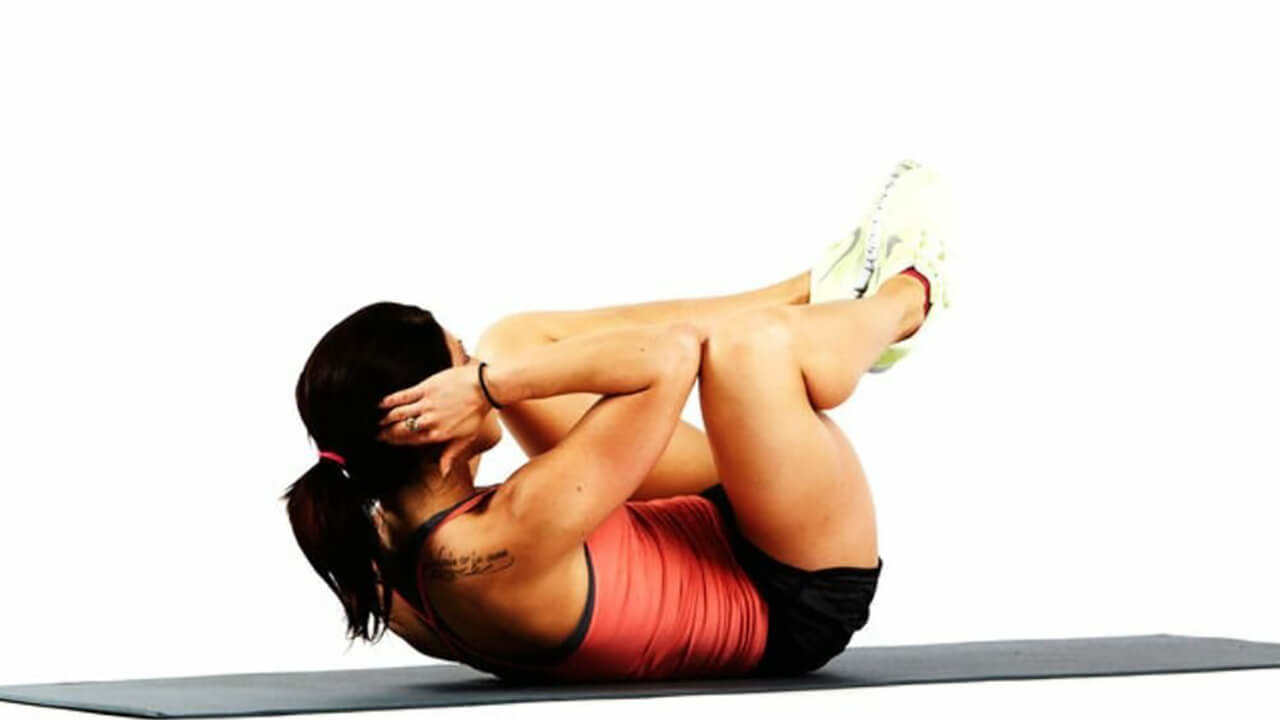
7. Reverse plank
This exercise acts more as a pose for working all the core muscles, and not specifically the abs. Its advantage in uniform load makes this variation of the bar very useful.
Technique:
- Place your palms on the floor with your arms straight. Place your feet forward and rest on your heels. The body should form a straight line, the head and neck in a neutral position (do not lift forward, this will lead to overbending in the cervical region).
- Hold the position throughout the entire set.

It is important to ensure that the pelvis does not sag downwards, this will significantly reduce the benefits of the position for the abdominal muscles. Also, additionally try to concentrate the load on the ab.
Recommendations for women and men
The approach to abdominal training with static movements is the same for both men and women. The only exceptions are cases of postpartum or postoperative recovery, when some stress on the abdomen may be contraindicated.
The main difficulty in static exercises is the progression of loads. Usually, to complicate the exercises and create stronger tension, the following is used:
- Weights.
- More complex techniques.
- Increased time under load.
However, increasing the time to hold a position should be treated as an additional, and not the main way to ensure progression of the load. It’s much better to do 5-7 sets of 1 minute with rest than to try to do 5-7 minutes in one set.
It is also recommended to do training with static loads separately from “dynamics”.

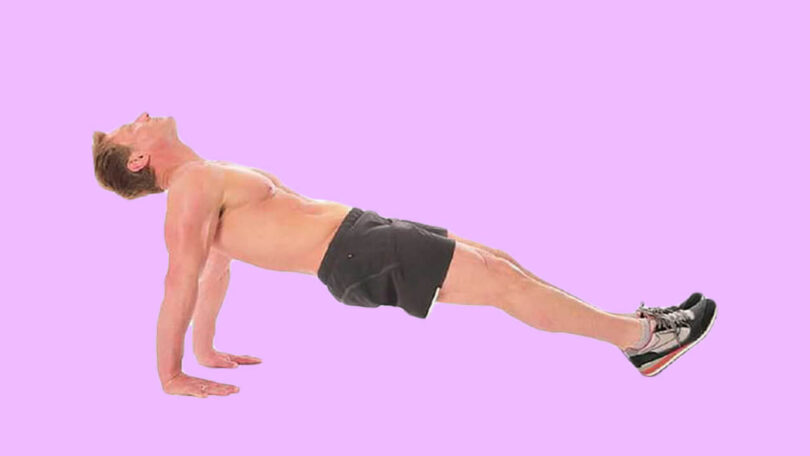
Leave a Comment